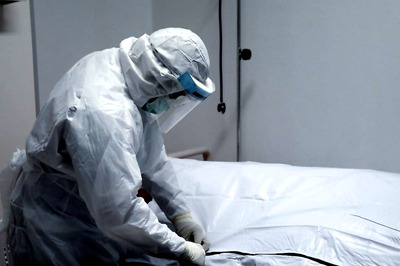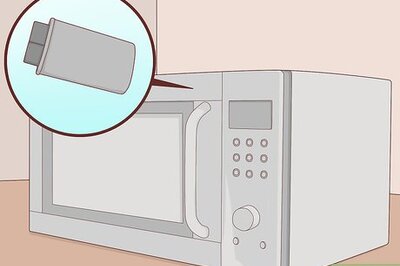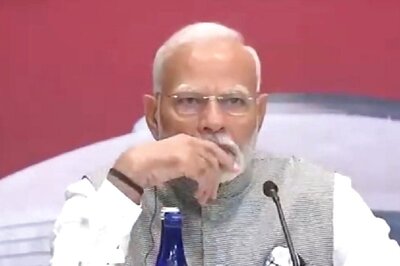
views
BANGALORE: After reeling under acute power shortage, the State Government is actively looking at making usage of Compact Fluorescent Lamp (CFL) bulbs mandatory across all households in Karnataka, as a measure to reduce power consumption.Unfortunately, lack of proper CFL disposal measures make CFL a potential health hazard. “Bangalore City alone generates about 1,000 tons of E-waste every month, of which about five per cent comprise CFL bulbs and tubelights,” says a senior environmental officer from Karnataka State Pollution Control Board (KSPCB). All CFLs contain mercury, which is a highly toxic metal that can cause kidney and brain damage. Elaborating the adverse effects of Mercury noted environmentalist Yellapa Reddy says, “In case a bulb breaks, then even a small leak of Mercury is enough to damage the brain of a person. It can also penetrate the womb of a pregnant woman affecting the foetus.” He adds,“While the CFL bulbs are extremely energy-efficient and consume 80 per cent power less than incandescent bulbs, they are a potential threat to nature when they are disposed and tossed in the trash. Most likely, they will find their way to a land-fill, and over a period of time, contaminate ground water supply. The lamps could also be incinerated, which would lead to mercury rain. The rain water will eventually accumulate in lakes and rivers, ultimately contaminating the aquatic ecosystems and by chain reaction, the food we consume.” “Instances of mercury poisoning discharges in water bodies in Japan and in Kodaikanal (by a mercury-based thermometer company) are well known to everyone. In this case, CFL bulbs are no less a contaminant” says Dr Thuppil Venkatesh, Principal Investigator, National Referral Centre for Lead Poisoning in India.Shockingly, neither the Central Pollution Control Board (CPCB) nor the Karnataka State Pollution Control Board (KSPCB) have issued any specific guidelines to collect and dispose CFL bulbs.Confirming this, managing director of E-Parisaraa, the Electronic Waste Recycling Company approved by both CPCB and KSPCB, P Parthasarathy says, “There is no recycling unit for CFL bulbs in the state. In 2008, the CPCB framed the E-waste (Management and Handling) Rules, 2008, and it included guidelines for mercury management in the CFL sector as well. But the portion was apparently waived off in 2009. Even in the new proposed E-waste (Management and Handling), Rules 2011, which has already been notified and is likely to be implemented in May 2012, there is no mention of the CFL bulbs and tube lights. Speaking to City Express, a senior environment officer, KSPCB said, “The CPCB is now seriously re-thinking this issue. In Karnataka, we have already alerted the E-waste recycle collectors to separate CFL bulbs.”However, the cost of constructing a scientific disposal unit is about Rs 2 crore. Also, a lot of CFL bulbs are disposed by Bruhat Bangalore Mahanagara Palike as they are used in street lamps. So, it is BBMP’s responsibility to plan it disposal, say KSPCB officials.




















Comments
0 comment